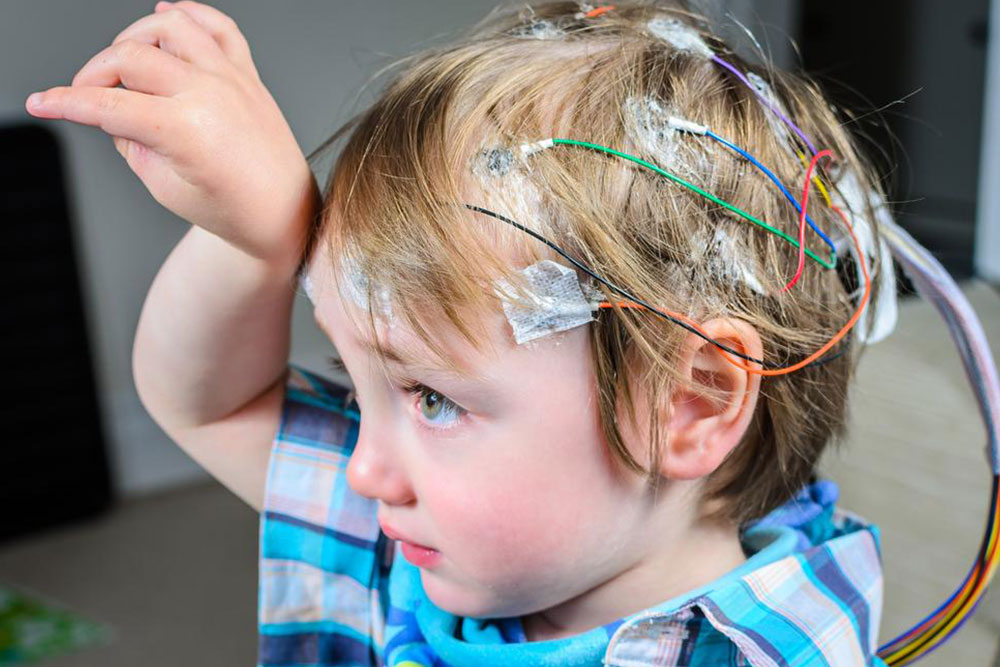Comprehensive Guide to Recognizing the Signs and Symptoms of Seizures
This comprehensive guide explores the various signs and symptoms of seizures, their classifications, and critical moments when urgent medical help is necessary. Understanding these aspects can dramatically improve response times, aid in diagnosis, and help manage this neurological disorder effectively. From subtle signs to severe convulsions, early recognition enhances safety and treatment outcomes. Whether you're a caregiver, patient, or healthcare provider, knowing how to identify seizures is essential for prevention and care. Stay informed to protect your loved ones or yourself from the risks associated with seizures.

Understanding Seizures: Symptoms, Types, and When to Seek Help
Seizures are sudden episodes caused by abnormal electrical discharges in the brain, leading to a variety of physical, sensory, and behavioral symptoms. Recognizing the signs and understanding the different types of seizures are crucial steps in ensuring timely medical intervention and proper management. Seizures can range from mild episodes with subtle signs to severe convulsions that pose significant health risks. Early detection informs appropriate treatment, potentially reducing risks and improving quality of life for individuals affected by these neurological events.
Categories and Types of Seizures
Seizures are generally classified into several categories based on their origin and manifestations. Having a clear understanding of these categories helps in differentiating between various neurological events and seeking the right medical care.
Non-Epileptic Seizures
This category includes episodes that resemble seizures but are not caused by epileptic activity. Instead, they often result from physical injuries such as a severe blow to the head or other trauma. These episodes are typically transient and resolve with appropriate treatment targeting the underlying injury. Once the cause is addressed, these seizures usually do not recur, although ongoing monitoring may be necessary to rule out other issues.
Partial Seizures (Focal or Jacksonian Seizures)
These seizures are localized, affecting only one part of the brain. They are often associated with epilepsy and tend to impact only one side of the body. Symptoms may include localized twitching, unusual sensations, or sensory disturbances confined to one limb or area. Sometimes, partial seizures can evolve into generalized seizures if the abnormal electrical activity spreads across the brain.
Generalized Seizures
Unlike focal seizures, generalized seizures involve both sides of the brain simultaneously, often leading to widespread physical symptoms such as muscle spasms, loss of consciousness, and falls. These include several subtypes, each with distinct presentations:
Tonic-Clonic (Grand Mal): These are the most recognizable seizures, lasting up to three minutes. They involve a stiffening phase (tonic) followed by vigorous shaking (clonic), often accompanied by loss of consciousness, breathing difficulties, and sometimes incontinence or biting of the tongue. Post-seizure confusion and fatigue are common.
Clonic Seizures: Characterized primarily by rapid jerking movements affecting the face, arms, or neck, these seizures involve repeated muscle contractions without the tonic stiffening phase.
Tonic Seizures: Involving sudden muscle stiffening that can cause a person to lose balance and fall, these typically last a few seconds to half a minute. They are common in individuals with epilepsy.
Atonic Seizures: Also called drop attacks, these involve a sudden loss of muscle tone, leading to falls. They can be brief, lasting around 15 seconds, but may recur frequently, posing a risk of injury.
Myoclonic Seizures: These are characterized by sudden, shock-like muscle jerks. They can affect individual muscles or groups and occur in clusters.
Absence Seizures (Petit Mal): Primarily seen in children under 14, these involve brief episodes of staring spells, sometimes accompanied by eyelid fluttering or minor automatisms. The person remains unresponsive during the episode, which lasts just a few seconds.
Common Signs and Symptoms of Seizures
Individuals experiencing seizures may display various signs, which can vary based on the type and severity:
Stomach discomfort or queasiness
Sudden feelings of fear, anxiety, or unease
Visual disturbances like flashing lights or blurred vision
Dizziness or feeling faint
Involuntary body movements, such as jerking or stiffening
Unusual sensations like tingling or numbness
Headaches before or after the episode
Additional signs during a seizure can include:
Loss of consciousness accompanied by confusion or disorientation
Muscle spasms or contractions
Sudden falls or falls without warning
Frothing at the mouth or a bad taste in the mouth
Biting the cheek, tongue, or lips
Clenching of teeth
Uncontrolled eye movements or eye fluttering
Incontinence of urine or stool
Sudden mood swings or irritability post-episode
Audible sounds such as grunting or vocalizations
In infants under 28 days old, seizures may manifest as repetitive facial movements, unusual eye movements, staring spells, limb jerks, or breathing irregularities. Early detection is vital for managing neonatal seizures effectively.
What Is NOT a Seizure?
Some episodes may mimic seizures but are caused by other factors, such as daydreaming, fainting (syncope), migraines, tics, muscle jerks, or emotional disturbances. Accurate diagnosis by a healthcare professional is essential to distinguish between true seizures and other episodes to avoid unnecessary treatments or overlooking serious conditions.
When to Seek Urgent Medical Attention
Knowing when to seek emergency care is critical. Immediate medical attention should be sought if:
The seizure lasts longer than five minutes.
The person does not regain consciousness after the seizure ends.
Multiple seizures occur in succession without recovery in between.
The individual sustains injuries during the episode.
The person experiences breathing difficulties or turns blue.
Seizures happen during pregnancy, or in individuals with pre-existing conditions like diabetes or heart disease.
This is the first-ever seizure episode for an individual, requiring medical evaluation to determine underlying causes and necessary treatment strategies.
Recognizing the signs of seizures and acting swiftly can be lifesaving. Proper diagnosis, management, and ongoing care can significantly improve outcomes and quality of life for affected individuals. If you suspect a seizure, seek professional medical advice immediately to ensure safety and appropriate treatment.





